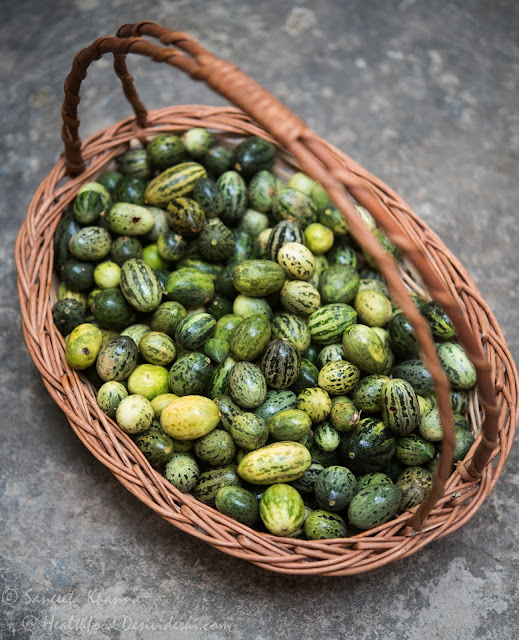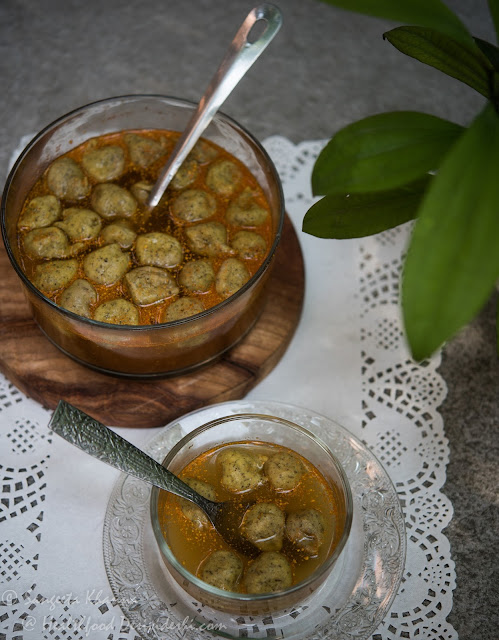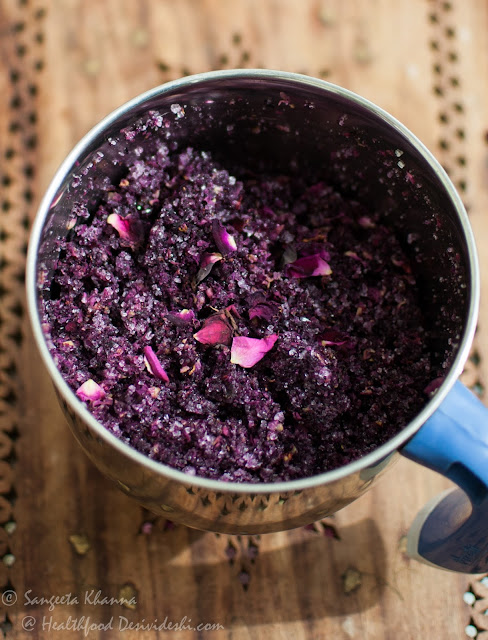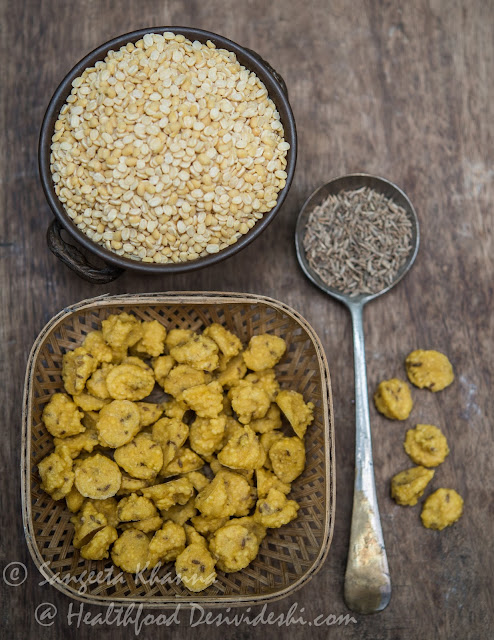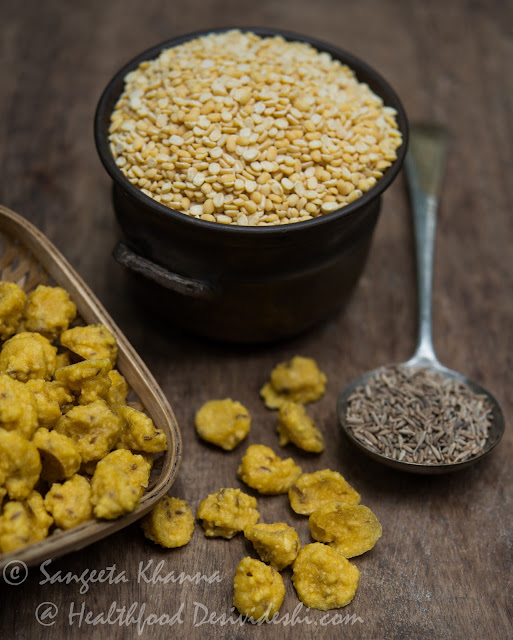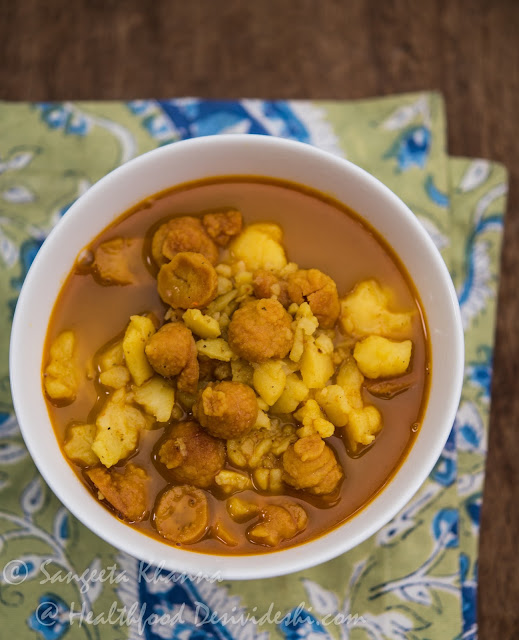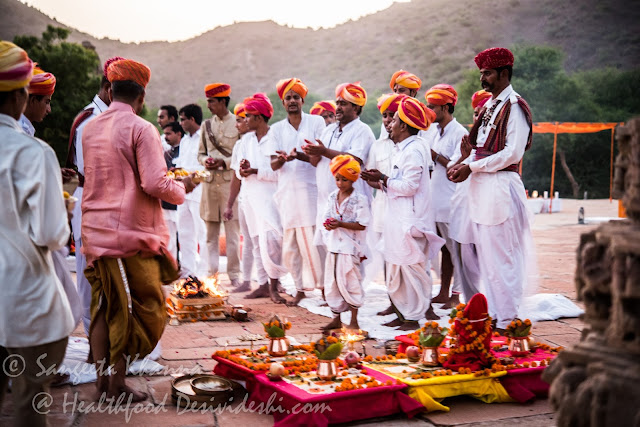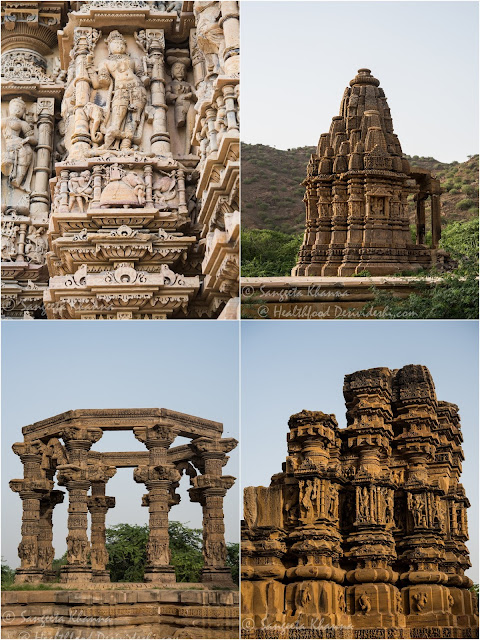As I mentioned in the last blogpost about Dal ki dulhan, Banaras ka khana was showcased once again and this time at ITC Maurya in Delhi. It is a matter of pride that the food from an ancient city is being celebrated in modern times and there are more and more people who connect with the food through the culture and heritage of the region.
Regional foods are generally being appreciated more in today's times but it gives me immense pleasure when Banaras comes to the food map of India as a 'micro' region owing to its rich cultural heritage that has shaped shaped the culinary journey too.
Here is a glimpse of the food served and the decor of the restaurant Pavillion, where the Banarasi food was served as a dinner buffet everyday for close to 2 weeks.
This time the Banaras food was presented with all the cultural inputs from its Ganga Jamuni tehzeeb and I requested Ms Rana Safvi, who writes on Ganga Jamuni culture of north India to bring in the Muslim food traditions into our Banaras ka khana showcase. Rana ji's maternal grandparents served the Kashi Naresh as the state's Diwans for 4 generations so the recipes from her maternal grandmother's home were brought to the table and make the food experience truly Ganga Jamuni..
The Ganga Jamuni flavour of the food was appreciated by everyone. We were told the restaurant at the ITC Maurya was so full for the first time after demonetization and that came as a sweet complement. Most of the food we served has been shared in the form of Banaras special recipes here on the blog and you would recognize some of them from these pictures.
I wouldn't talk about the food much as it is for the guests to appreciate or critique, but we were happy to see the serving bowls getting empty really fast. We got to interact with some of the guests and realised that the forgotten homely flavours are always appreciated and real food wins hearts no matter what.
We had taken care to serve seasonal foods from Banaras and enjoyed cooking all these winter delicacies for the festival.The warmth of dal ki dulhan, the rich yet subtle flavours of khoya matar makhana, the Banarasi kadhi, different types of nimona, the Qaliyas and the Kormas, the Salans came together to celebrate Banaras in it's full glory.
I am tankful to the readers of this blog who have inspired me enough to keep writing here and keep sharing the food from my city. Some food writers shared the enthusiasm and wrote nice thing about our food.
Banaras ka khana blog got a mention in the list of 10 food blogs that will survive in style, owing to the knowledge and information shared..
Some of the articles about our Banaras ka khana festival are here. I will keep adding to this list as and when I see more articles written about the festival.
Sourish Bhattacharya wrote here and appreciated our effort.
Marryam Reshii included Banaras ka khana in her list of best meals of the last year, read about it here..
Shibani Bawa wrote here about how she found the Ganga Jamuni aspect appealing.






